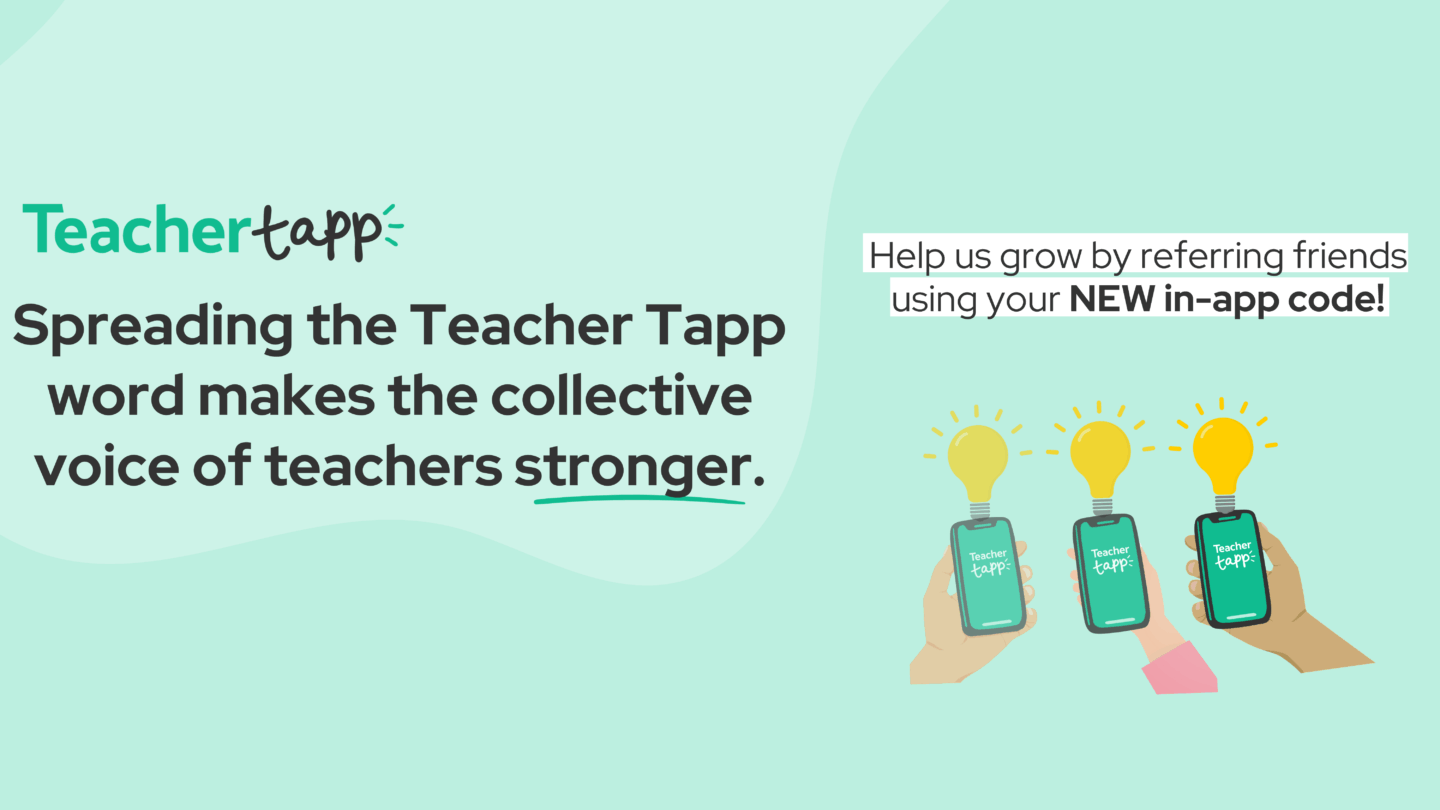Wouldn’t it be amazing if the Teacher Tapp panel perfectly reflected the teacher population as a whole? Then your responses would straightforwardly tell us exactly what all teachers were thinking.
It will come as no surprise to you that our panelists currently look a little different to the teacher workforce. In this post I’ll explain how and why they are different, and what we are going to do about it. But before we start, a note on the teachers I’m using in this blog post. We know what the population of teachers in state-funded schools in England looks like from the School Workforce Census so here I am restricting the sample to those of you who (i) have responded in the past week; (ii) gave us a school name; (iii) we managed to find you in a state-funded English school. This doesn’t mean that we don’t care about those of you in private schools or other countries! We just need to put a bit of thought into working out how representative you are.
Eastern counties are over-represented
Teachers from the East of England, the East Midlands and London are currently over-represented in the panel. Launching at the London researchED probably contributed to this skew,teachertapp.com but thanks also to all of you in these regions who have done a great job in promoting the app to your colleagues.
Do you work in the North East, West Midlands, South East or North West? We really need to hear your views on your job and life!

Secondary school teachers are signing up faster than others
At the moment, we are lacking in primary and special school teachers. Any ideas why? While we are beta-testing we’ve only really been promoting Teacher Tapp on twitter, but secondary teachers are more prevalent there. In a couple of weeks we’d like to split the panel so that we can ask some primary-specific questions. Let’s try to get a few more colleagues signed up by then!
The lives of teachers in special schools are particularly poorly understood, including by us. We’d like to learn more about how we can make Teacher Tapp useful to them so that we can analyse what they do and think, too.

There are some other stark differences in the panel that reflect the way we are currently recruiting panelists. Our panel is very middle-aged, with the 30-49 age group over-represented! We also have more male panelists and far too few part-timers.

So… what are we going to do about it?
Two things. One day we’ll start promoting Teacher Tapp via other channels to reach teachers who aren’t on twitter! (There’s just one more major app update to finish first).
We can also generate a set of ‘weights’ that allow us to count the responses of some of you more than others. We can only use the information we know in the population (e.g. what percentage of the population live in a certain region, or are a specific gender, or ethnicity, or age, etc.). And our sample is never going to represent the dying breed of teachers who don’t own a smartphone or who hate answering questions or who don’t want to see articles about education.
To give an example of how these weights work: if we try to re-weight the sample by only region and school phase, then secondary teachers in Inner London should be counted at half the value of other respondents because they are over-represented. Whereas those who are extremely under-represented, for example in special schools, we’d give them a sample weight of above 3x and up to 6.5x the value of a typical respondent.
This is the kind of work we are doing with the data behind the scenes to work out how best to use it for research that explains the lives of teachers. The more teachers we recruit to the panel – particularly primary and special school teachers – the more interesting the research gets.
***
Enjoyed this post and want to join our Teacher Tapp panel?
Sign up via the iPhone App Store or the Android App Store.
You can also check out more at www.teachertapp.com





